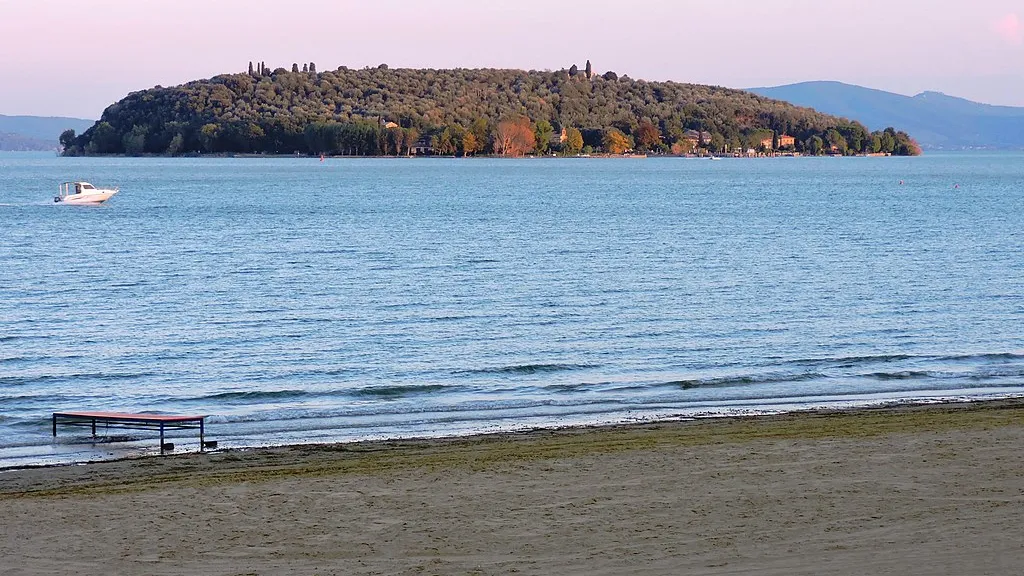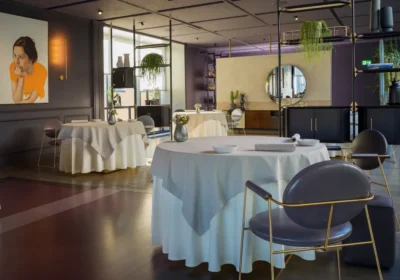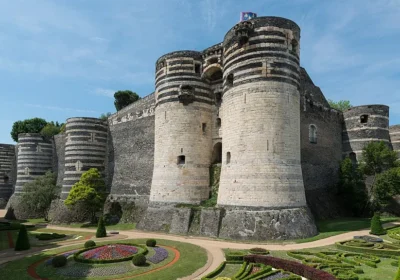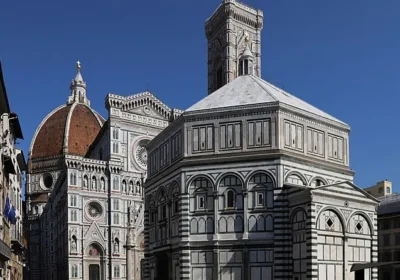Tour of the towns of Montecolognola and Passignano sul Trasimeno and the islands of Polvese and Maggiore.
Visit the small panoramic settlements on the lake: Montecolognola and Passignano sul Trasimeno, very picturesque towns.
Lunch in a restaurant where a menu of fish from Lake Trasimeno will be served.
Visit by ferry the island of Polvese, a natural park, and the island of Maggiore, where people still live.
Return to Passignano by ferry.
The largest island, Polwese, is part of the oasis of Lake Trasimeno fauna; it has forests of stone and downy oak, laurel, and other plant species of great interest to naturalists. You can go to the island from one of the coastal towns.
As soon as you set foot on the island, you will find yourself in front of the so-called villa, a building built around the 40s of the last century.
The walking route starts on your left and will soon lead you to the ruins of a 14th-century castle, of which only the perimeter of the walls remains. The courtyard has been redesigned and is now used for open-air performances.
After the castle, the path leads to the small medieval church of San Giuliano, a single-nave church built on the ruins of an ancient Roman villa, of which fragments of antique opus reticulatum masonry in the walls of the church are a reminder.
The next point on the itinerary is the garden of water plants, designed in 1959 by one of Italy’s most important landscape architects, Pietro Poricnai. Here you will find many different species of plants.
The route will take you to the monastery of the Olivetan order and the church of San Secondo. The novices lived there from 1404 to 1624, after which they abandoned the building, which eventually fell into disrepair. Today only the crypt and part of the refectory remain.
Back in San Feliciano, you can drive to Passignano and from there take the ferry back to the other island, Maggiore.
Saint Francis came here in 1211 to fast. The island is inhabited: you immediately enter a small fishing village that has not changed much in hundreds of years: many of the houses here were built between the 14th and 15th centuries. From here, two paths lead to the island.
After climbing a small hill, you will see the Romanesque church of San Salvatore. After that, the path leads to the Gothic church of San Michele Arcangelo, worth a visit to admire the 12th- and 14th-century frescoes.
You can also follow the path that goes downhill, crossing the Marquise of Isabella Lane and leading to the Chapel of St Francis.
Inside, you will see the bed where legend has it that the saint rested. A little further on, you can see the rock where he stopped to pray when he first arrived on the island.
Afterwards, you can explore the Guglielmi Castle, located at the southernmost part of the island. In 1904, Helena Guglielmi set up a lace-making workshop here, which has since become a traditional occupation for the locals.
Back in the village, you can visit the lace museum and admire long-standing examples of the art.

















